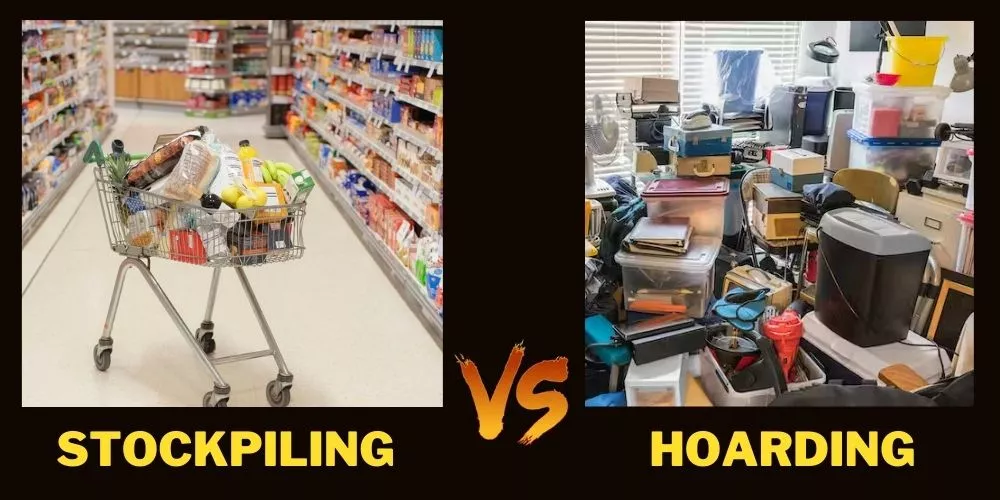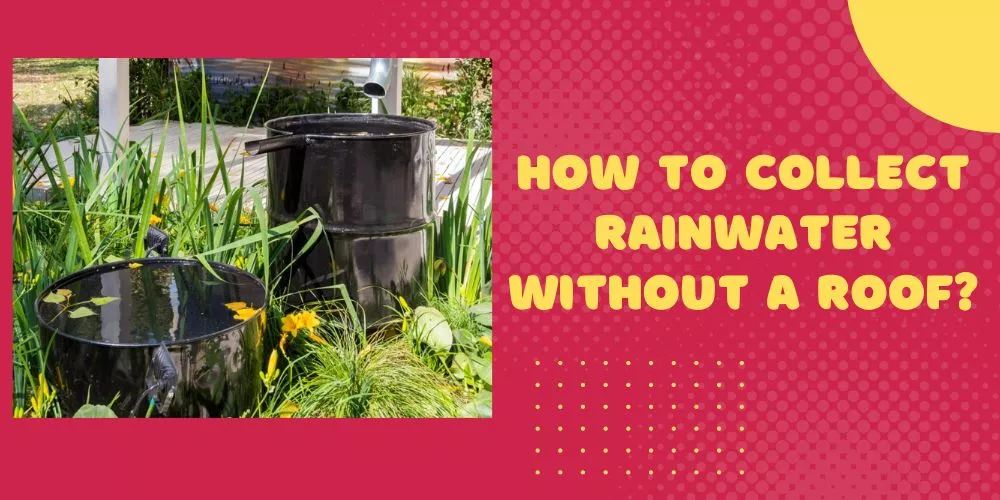Preparing for crisis situations, whether it’s a natural disaster or a prolonged shortage of essential supplies, is a responsible approach.
However, it’s important to understand the stockpiling vs hoarding differentiation, as they have distinct characteristics and implications.
In this article, we will explore the key differences between stockpiling and hoarding, their motivations, effects on mental health, responsible stockpiling practices, and the significance of addressing hoarding behavior.

By understanding these distinctions, we can make informed choices and maintain a healthy balance during times of scarcity.
stockpiling vs hoarding: All The Key Differences
Definition and Characteristics of Stockpiling
Stockpiling is a proactive approach to preparedness in times of scarcity. It involves accumulating a reasonable supply of essential items to ensure readiness for unforeseen circumstances.
Stockpilers maintain a well-organized and purposeful inventory of necessary supplies, such as non-perishable food items, toiletries, medications, and emergency equipment. The goal is to be self-sufficient and not rely solely on daily trips to the store during times when resources may be limited.
Definition and Characteristics of Hoarding
In contrast, hoarding is an excessive and compulsive behavior characterized by an uncontrollable urge to accumulate large quantities of items, often even non-essential or useless objects.
Those who hoard struggle with letting go of possessions, leading to cluttered living spaces that hinder their daily functioning.
Hoarding is a complex psychological condition recognized as a mental health disorder, causing significant distress and impairment in various aspects of life.
Motivations Behind Stockpiling and Hoarding
The motivations for stockpiling and hoarding are fundamentally different. Stockpiling is driven by a desire for preparedness and self-sufficiency, ensuring that one’s needs are met during periods of scarcity. It is a rational response to potential crises and demonstrates foresight and responsible planning.
On the other hand, hoarding behavior stems from deep-rooted psychological factors, such as anxiety, attachment issues, or emotional trauma.
Hoarders may find comfort or security in accumulating possessions, often due to unresolved emotional or psychological needs. Hoarding is not a deliberate choice but rather a manifestation of psychological struggles.
Effects on Mental Health and Well-being
Stockpiling, when done responsibly and within reasonable limits, can provide a sense of security and peace of mind during uncertain times.
It allows individuals to focus on other important aspects of their lives without constant worry about the availability of essential supplies. It can contribute to mental well-being by reducing anxiety and ensuring a sense of control in the face of crisis situations.
Conversely, hoarding has detrimental effects on mental health and overall well-being. Living in cluttered and chaotic environments can increase stress levels, hinder daily functioning, strain relationships, and even lead to social isolation.
Hoarding disorder often requires professional intervention and therapeutic support to help individuals regain control and improve their quality of life.
Responsible Stockpiling Practices
Understanding the Necessity and Scope of Stockpiling
Responsible stockpiling involves recognizing the necessity of having a sufficient supply of essential items without crossing into hoarding behavior.
It is crucial to assess individual needs based on circumstances, such as the size of the household, any medical conditions requiring regular supplies, dietary restrictions, and the duration of potential scarcity.
Smart Strategies for Stockpiling Essentials
When engaging in stockpiling, it is essential to focus on essential items that have a longer shelf life and can sustain individuals and families in crisis situations.
Non-perishable food items like canned goods, grains, and dried fruits, as well as hygiene products, medications, and emergency supplies, should be prioritized.
Creating a well-organized inventory system, rotating items to maintain freshness, and labeling expiration dates will ensure the stockpile remains usable and effective.
Practical Tips for Avoiding Excess and Waste
It is crucial to strike a balance while stockpiling and avoid excessive accumulation of items that may exceed actual needs or lead to waste.
Create a list of necessary items, plan meals and consumption habits accordingly, and resist the temptation to buy impulsively.
Regularly assess and update the stockpile, considering items that are nearing expiration dates, and donate excess supplies to local charities or organizations supporting those in need.
Significance of Addressing Hoarding Behavior

Recognizing Hoarding Disorder as a Mental Health Condition
Understanding hoarding as a mental health disorder is the first step toward addressing it compassionately and effectively.
Hoarding disorder is recognized by the Diagnostic and Statistical Manual of Mental Disorders (DSM-5) as a distinct condition, characterized by persistent difficulty discarding possessions due to perceived need, distress, or attachment.
Differentiating Hoarding from Stockpiling
Differentiating between hoarding and stockpiling is crucial in preventing stigma and promoting understanding. Stockpiling is a rational response to uncertain times, characterized by a purposeful accumulation of necessary items, whereas hoarding is an uncontrollable and excessive behavior driven by psychological factors. Recognizing these differences will help individuals approach those who hoard with empathy and support.
The Negative Impact of Hoarding on Individuals and Communities
Hoarding behavior not only affects individuals but also has broader implications for communities. It can lead to unsanitary living conditions, fire hazards, and pest infestations, posing risks to the hoarder and neighboring properties. Addressing hoarding not only benefits individuals’ mental health but also contributes to community well-being and safety.
Seeking Help and Support

Identifying Signs of Hoarding Disorder
Recognizing the signs of hoarding disorder is crucial in providing timely support to individuals in need. Persistent difficulty parting with possessions, extreme clutter, impaired functioning due to clutter, social withdrawal or isolation, and distress related to discarding items are common indicators.
If you suspect someone may be struggling with hoarding, approach the situation with empathy and encourage them to seek professional help.
Importance of Professional Assistance and Intervention
Hoarding disorder often requires professional assistance to address the underlying psychological factors and establish effective strategies for decluttering and maintaining a healthy living environment.
Mental health professionals, such as therapists specializing in hoarding disorder and professional organizers experienced in working with hoarders, can provide valuable support and guidance.
Resources and Organizations for Support and Guidance
Several organizations and resources are available to individuals and families dealing with hoarding disorder. The International OCD Foundation (IOCDF), Anxiety and Depression Association of America (ADAA), and National Association of Productivity and Organizing Professionals (NAPO) offer information, support groups, and directories of qualified professionals specializing in hoarding.
Conclusion:
By understanding the distinctions between stockpiling and hoarding, we can make informed choices during times of scarcity. Responsible stockpiling is a rational response to preparedness, ensuring self-sufficiency while avoiding waste.
On the other hand, addressing hoarding as a mental health disorder is crucial for the well-being of individuals and communities.
By recognizing the signs, seeking professional assistance, and fostering understanding, we can support those who struggle with hoarding behavior and promote a responsible and compassionate approach to preparedness.


